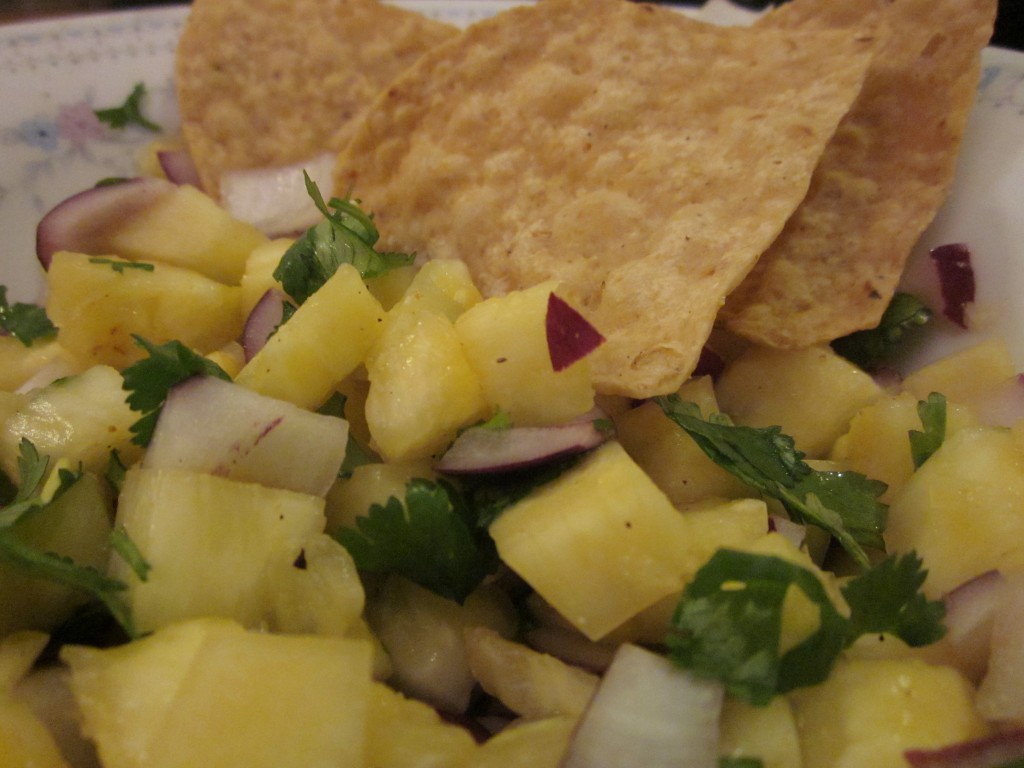Culture
The Hipster’s Cookbook: Taking Advantage

Every week in The Hipster’s Cookbook, Meghan Bongartz teaches you how to make delicious food for not a lot of money.
I’ve been thinking a lot lately about what we would be eating right now if not for the global market, what with it not being growing season in Chicago. Depending on how far you want to go back, the answer might be “not much.” If you were living in pre-agriculture North America, you would have belonged to any one of a number of hunter-gatherer tribes, and you would currently be subsisting on acorns and other tree nuts, grass seeds, and any animals or fish that had the lapse in judgment to not hibernate or travel to warmer climes (keeping in mind that these animals would also be low on food). In other words, you would have been pretty hungry until spring, and would have eaten things like lichens if it was a choice between that and not eating. Even if you had lived slightly later on and were part of a tribe that cultivated crops, you would be reliant on dried corn and beans, squash, potatoes, and preserved meat and fish (think jerky) during the winter months. If it was a particularly long winter, you would still be eagerly awaiting spring as your food supply grew smaller.
Immigrants from Europe and elsewhere brought a myriad of new foods with them to the Americas, including wheat and barley, but these mainly served to increase the variety of food available in the colder months rather than the quantity. Most foods still had to be dried or otherwise preserved to last through the winter. It wasn’t until the rise of machines in the 1900s that fresh food became available to people living throughout North America, regardless of season. Suddenly, mass canning and refrigeration became viable methods of keeping food edible, and fast trains meant that produce from the southern states could be transported northwards before it went bad.
These days, we don’t have to worry much about being hungry when the growing season ends. With a few exceptions (I’m looking at you, kumquats), most foods are perpetually available, if not in their peak season. And as much as I try to promote eating local foods that are in season, it would be kind of silly not to take advantage of the fact that we can get fresh produce in winter when the alternative is scurvy. Fresh fruits and vegetables keep you healthy both physically and mentally. Many of the tropical fruits that are technically seasonal during the winter, if not actually grown in the place you live, are packed with vitamin C, which is an added benefit when you’re battling with the flu every other week. Pineapple in particular actually helps to suppress coughs and break up mucus faster when you’re already sick. This salsa is a quick, easy immunity booster and serves as a nice break from all of the soups and stews that are prevalent in winter. It’s also so easy that it hardly needs instructions.
——
Pineapple Salsa
2 cups fresh pineapple, finely chopped
1 small red onion, finely chopped
¼ cup cilantro, torn
2 ½ tsp ground ginger
Salt and pepper to taste (preferably freshly ground)
Tortilla chips to serve
1) In a medium bowl, combine pineapple, onion, cilantro, and ginger, stirring until evenly mixed. Add salt and pepper as desired.
2) Let sit for 10-15 minutes to allow the flavors to combine.
3) Serve with tortilla chips for dipping.